What is the Most Expensive Caviar in the World?
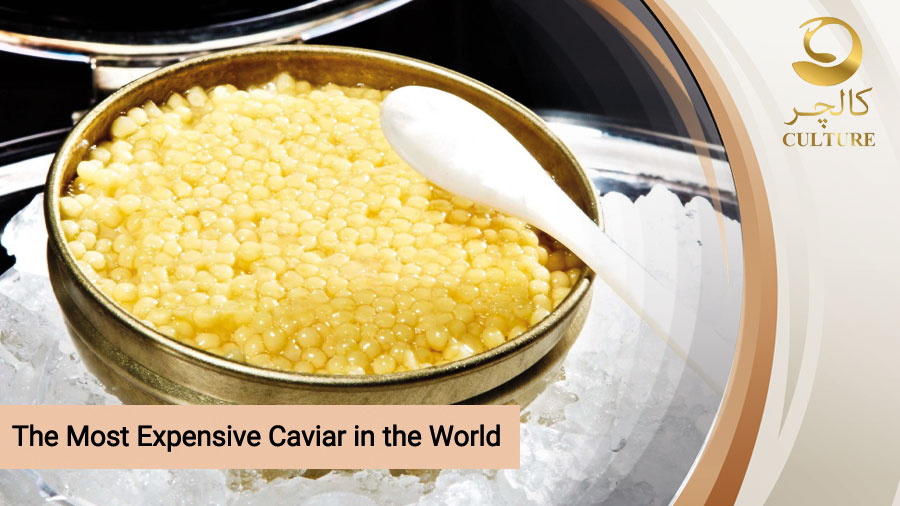
Caviar, commonly known as “black gold,” has delighted food lovers for centuries. This luxurious treat, made from sturgeon roe, is a symbol of elegance. However, not all caviar is of the same standard. Let’s discover the most expensive caviar in the world, where it comes from, what makes it special, and why it costs so much.
The Origins of Caviar
Let’s begin with a little bit of history, shall we? The history of caviar dates back millennia, with ancient Persian and Roman texts containing early references. Initially, caviar was a delicacy exclusively enjoyed by monarchs and the affluent. As the desire for caviar increased, so did the excessive fishing of sturgeon populations, resulting in significant declines in their numbers. Presently, numerous sturgeon species face the threat of extinction, emphasising the necessity of sustainable caviar production to safeguard these age-old fish.
Factors Influencing Caviar’s Price
Before we talk about these factors, you should know that there is one super rare type of caviar that is known as the most expensive seafood in the world, and it’s wild Caspian Sea Almas caviar. But why is this caviar so expensive? Various elements influence the elevated cost of caviar, including:
- Sturgeon Species: The sturgeon species from which the caviar originates significantly affects its price. Beluga caviar, for example, stands as the most costly variant mainly due to the scarcity of the Beluga sturgeon. This species may require up to 20 years to mature, severely restricting the supply. But the final product after years of waiting is just fabulous!
- Harvesting and Production Procedures: The caviar harvesting process is labour-intensive and demands skilled craftsmen. Delicately extracting the eggs to prevent damage, coupled with adhering to stringent hygiene protocols during processing, increases the overall production expenses. For example, at Culture Caviar farm, we harvest with great care when the time comes. First, we check if the eggs are ready, then handle the sturgeon softly and move them to a clean area. The process is quick to keep stress low. The roe is rinsed in cool, salted water. We sort them by size and colour. Only the best make it through.
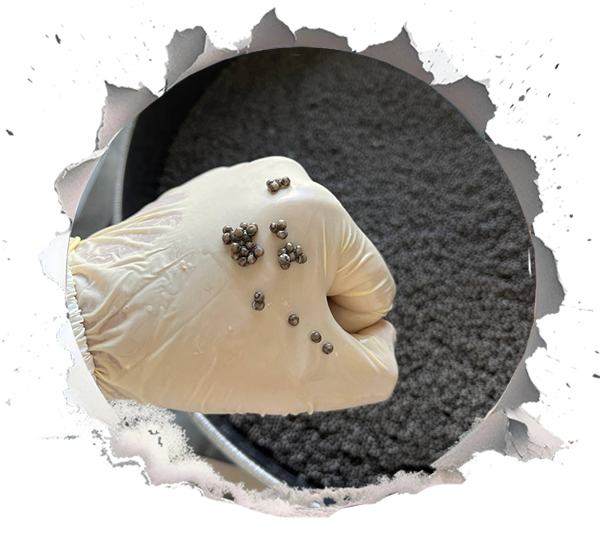
- Quality and Taste Profile: Caviar is assessed based on its size, hue, consistency, and flavour. Superior caviar typically features larger, more robust eggs with a nuanced, intricate taste. Such exceptional caviar commands a premium in the market.
- Rarity and Sustainability: Given the endangered status of many sturgeon species, the availability of top-notch caviar is restricted. Though sustainable farming techniques have emerged, they often entail higher production outlays, hence contributing to the overall price.
- Maturation Process: Just like a fine wine, caviar has the potential to improve with age. This maturation process demands meticulous supervision and can span several months or years, rendering it a time-intensive process.
- Market Trends: The appetite for opulent goods is on the ascent, and caviar is no exception. With a mounting interest in fine dining encounters, prices increase accordingly.
The most expensive Caviar Varieties
| Variety | Sturgeon Species | Price Range (per kg) |
|---|---|---|
| Almas | Albino Beluga (Huso huso) | Up to €23,000 |
| Shah | Hybrid | €6,800–€8,000 |
| Beluga | Beluga (Huso huso) | Up to €5,700 |
| Osetra | Osetra (Acipenser gueldenstaedtii) | €1,700–€3,400 |
| Sevruga | Sevruga (Acipenser stellatus) | €900–€1,700 |
Among the many types of caviar, a few are renowned as the world’s most expensive. Let’s explore these luxurious options.
Almas Caviar
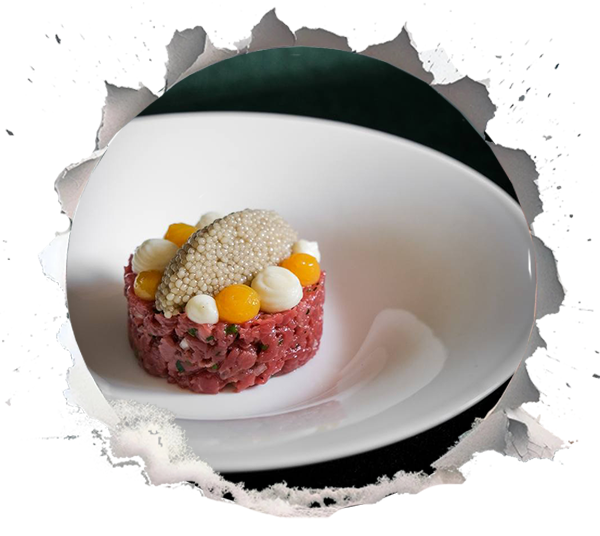
Wild Caspian Sea Almas caviar is considered priceless if legally sourced. Harvested from endangered wild albino sturgeons in the Caspian Sea, its availability is severely limited due to strict international regulations, such as CITES, protecting the critically endangered species. Even farmed Almas caviar stands as the rarest and most expensive caviar globally, sourced from the exceptionally rare Albino Beluga sturgeon. Priced at up to €23,000 per kilogram, Almas caviar epitomises luxury. Its creamy, delicate taste and striking pale colour make it a preferred choice among the elite. Available solely through select retailers, Almas caviar is often presented in golden tins, accentuating its opulence.
Attributes of Almas Caviar
- Visuals: Almas Caviar is famed for its striking white-to-pale gold hue. The eggs are sizable, lustrous, and possess a firm consistency that sets them apart from other caviar varieties.
- Flavour Profile: The taste of Almas Caviar is exceptionally opulent and creamy, with a subtle nutty undertone that entices the taste buds. This caviar culminates in a delightful buttery aftertaste, making it a preferred choice among aficionados.
- Cost: The exclusiveness of Almas Caviar is mirrored in its price, which can vary, contingent on its calibre and prevailing market conditions.
Shah Caviar

Adding to the array of luxurious caviar options is Shah Caviar. This caviar is sourced from premium Acipenser gueldenstaedtii (Osetra sturgeon) or hybrid sturgeon. Shah Caviar commands a premium reflective of its rarity and craftsmanship, typically priced between €7,000 and €8,000 per kilogram.
Distinctive Features of Shah Caviar
- Appearance: Shah Caviar is renowned for its distinctive golden-yellow pearls, which are generously sized at 3.0 to 3.2 mm, firm yet yielding to the touch.
- Taste Profile: The taste of Shah Caviar is intricate and diverse. It presents a creamy texture with subtle briny notes, offering a rich umami sensation. Upon consumption, the caviar provides an enjoyable burst, heightening its sensory allure.
- Price: Shah Caviar is typically priced between €7,000 and €8,000 per kilogram, firmly establishing its position among the elite caviars available worldwide.
Beluga Caviar
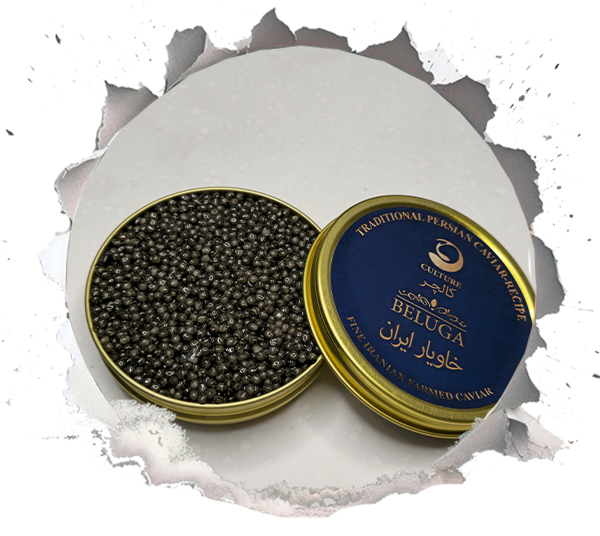
Beluga caviar, also from the Beluga sturgeon (Huso huso), is another highly luxurious variety, prized for its rich, buttery flavour and large, delicate eggs. It commands prices up to €5,700 per kilogram, driven by the scarcity of Beluga sturgeons and strict fishing regulations. While exceptionally valuable, it is surpassed by Almas caviar due to the latter’s rarer albino variant and higher exclusivity. Almas caviar is a type of Beluga, anyway.
Osetra Caviar
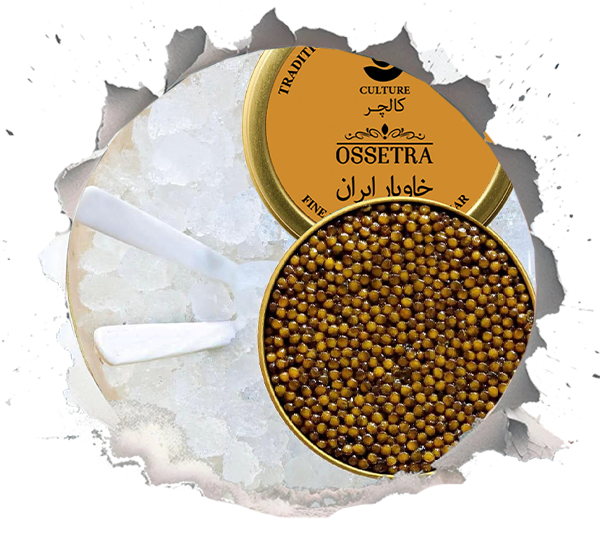
Osetra caviar, harvested from the Osetra sturgeon (Acipenser gueldenstaedtii), is another highly coveted variety. Celebrated for its nutty flavour and firm texture, Osetra caviar typically ranges from €1,700 to €3,400 per kilogram. Its array of hues, from golden to brown, further adds to its allure for caviar enthusiasts.
Sevruga Caviar
Sevruga caviar, derived from the Sevruga sturgeon (Acipenser stellatus), offers a more budget-friendly alternative compared to Beluga and Osetra, yet it remains a gourmet delight. Priced between €900 and €1,700 per kilogram, Sevruga caviar is distinguished by its small, dark eggs and robust, briny flavour. Its affordability renders it popular among those seeking a lavish treat without substantial expense.
Conclusion
Caviar is far more than just a luxurious treat; it represents a rich history, a sophisticated craft, and a commitment to sustainability amid environmental challenges. The most expensive varieties, Beluga, Osetra, Almas, and Sevruga, offer a glimpse into the world of gourmet luxury, where price often reflects rarity and quality. As consumers become more aware of the environmental impact of their choices, the future of caviar production may depend on sustainable practices to ensure this exquisite delicacy can be enjoyed for generations to come. Whether you’re a seasoned food lover or a curious beginner, exploring the world of caviar promises a captivating culinary journey. The next time you enjoy this lavish treat, consider the complex journey from fish to plate and the stories captured in every delicate bite.
FAQ
Wild Caspian Sea Almas caviar is the most expensive type of caviar and is considered priceless if legally sourced. Even the farmed types of this caviar are among the most expensive caviars in the market.
Its extreme scarcity stems from the endangered status of the fish (protected by CITES regulations), limited wild harvesting, and even rarer farmed versions. The pale gold eggs offer a creamy, nutty taste with a buttery finish, served in golden tins for added extravagance.
Quality hinges on egg size (larger is premium), color (vibrant and uniform), texture (firm yet burstable), and flavor (complex, with nutty, briny, or buttery notes). Harvest timing, gentle processing, and maturation (months to years) enhance these traits. Top-tier caviar avoids damage during extraction and sorting, resulting in a nuanced umami burst.
Traditionally, the Caspian Sea dominates due to native sturgeon, but sustainable farms worldwide (e.g., in Europe or the U.S.) produce equivalents. Hybrids like Shah caviar offer Caspian-like quality without wild sourcing, blending tradition with modern ethics for broader accessibility.

